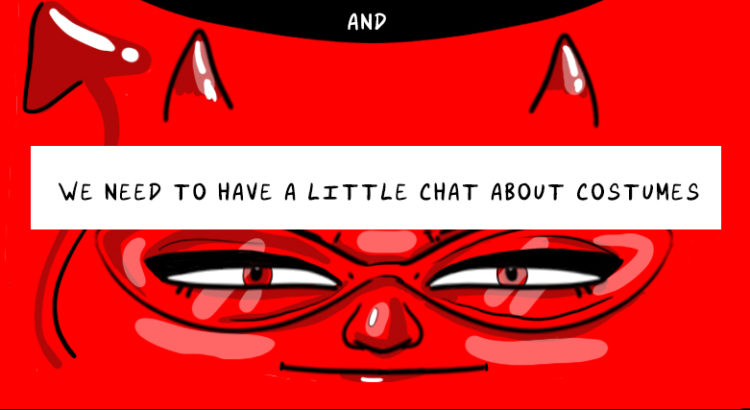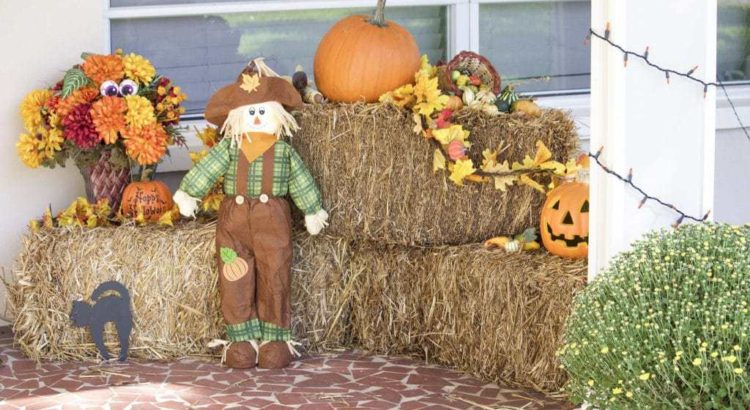Immersion – A state of being deeply engaged or involved mentally
Last Friday I decided on a whim to go see The Lighthouse at the Michigan Theater; I’m a devoted fan of horror and thriller movies, and the trailer had peaked my interest a few months prior. I figured why not treat myself and go see a movie alone and get into the Halloween spirit. Based off of the trailer, I went into the movie expecting something terrifying and entirely unique; leaving the theater, I definitely felt like I had watched something unique, but I certainly wasn’t terrified. In fact, it’s hard for me to say whether or not The Lighthouse truly falls into the genre of horror; more likely it’s a psychological thriller. Hardly any scenes made me jump or frightened me, and in general there were more scenes where the entire audience was laughing, purely at the absurdity of certain situations. Needless to say, my feelings about the film were mixed, but after mulling it over for a while, I’ve started to understand that it had a much more profound impact than I first thought. Something was nagging at the back of my brain, something that made the film hard to forget, and the more I thought about it, the more I started to see why it’s so much greater than I first realized: because it creates this complete feeling of immersion that has you on the edge of your seat, holding your breath, and it achieves that incredible effect with so little flair.
 The Lighthouse is entirely black and white and is presented in a square aspect ratio, much like classic movies or shows like The Twilight Zone (a personal favorite of mine). This gives it an aesthetic that stands out from other horror movies today, and was largely what peaked my interest when I saw the trailer. It feels so gritty and stylized, like an old documentary that was never released, which pairs perfectly with the story of two grizzly men keeping watch over a lighthouse on a rock in the middle of the ocean, completely stranded and abandoned. That grit creeps into the characters, especially the older lighthouse keeper Tom, played by Willem Dafoe, who completely embodies the idea of a sea-worn sailor. This pairing of visual style and complementary characters makes the story feel so authentic: even though it seems so far removed from reality, it felt like I was sitting at the table with them, eating dinner and being dragged into their arguments. I didn’t realize the effect while I was watching it, which I think is further proof of just how convincing it truly was.
The Lighthouse is entirely black and white and is presented in a square aspect ratio, much like classic movies or shows like The Twilight Zone (a personal favorite of mine). This gives it an aesthetic that stands out from other horror movies today, and was largely what peaked my interest when I saw the trailer. It feels so gritty and stylized, like an old documentary that was never released, which pairs perfectly with the story of two grizzly men keeping watch over a lighthouse on a rock in the middle of the ocean, completely stranded and abandoned. That grit creeps into the characters, especially the older lighthouse keeper Tom, played by Willem Dafoe, who completely embodies the idea of a sea-worn sailor. This pairing of visual style and complementary characters makes the story feel so authentic: even though it seems so far removed from reality, it felt like I was sitting at the table with them, eating dinner and being dragged into their arguments. I didn’t realize the effect while I was watching it, which I think is further proof of just how convincing it truly was.
In the end, it was the power of the movie to draw me in that made it horrifying: it felt like I was a part of this eerie, stormy world, and every small element of horror was amplified by the immersion. The music and sound design throughout was incredible, being constantly oppressive and bearing down on the audience like a great storm. The few moments of shock and surprise hit much harder than in a typical thriller; they completely threw me off balance, either in disgust or confusion, and then kept me off guard, never knowing what to expect next. I can appreciate those qualities more now, having discovered how subtle they were in the moment, but how long lasting the effects were because I was so enthralled at the time. I think that makes The Lighthouse special in a way that most movies aren’t: it presents the audience with something subtle, uncanny, and disturbing, and immerses them completely until only afterwards they realize the crazy roller coaster they just went on. Not only does this style set the film apart, it makes me want to go back and watch it again.







 The Lighthouse is entirely black and white and is presented in a square aspect ratio, much like classic movies or shows like The Twilight Zone (a personal favorite of mine). This gives it an aesthetic that stands out from other horror movies today, and was largely what peaked my interest when I saw the trailer. It feels so gritty and stylized, like an old documentary that was never released, which pairs perfectly with the story of two grizzly men keeping watch over a lighthouse on a rock in the middle of the ocean, completely stranded and abandoned. That grit creeps into the characters, especially the older lighthouse keeper Tom, played by Willem Dafoe, who completely embodies the idea of a sea-worn sailor. This pairing of visual style and complementary characters makes the story feel so authentic: even though it seems so far removed from reality, it felt like I was sitting at the table with them, eating dinner and being dragged into their arguments. I didn’t realize the effect while I was watching it, which I think is further proof of just how convincing it truly was.
The Lighthouse is entirely black and white and is presented in a square aspect ratio, much like classic movies or shows like The Twilight Zone (a personal favorite of mine). This gives it an aesthetic that stands out from other horror movies today, and was largely what peaked my interest when I saw the trailer. It feels so gritty and stylized, like an old documentary that was never released, which pairs perfectly with the story of two grizzly men keeping watch over a lighthouse on a rock in the middle of the ocean, completely stranded and abandoned. That grit creeps into the characters, especially the older lighthouse keeper Tom, played by Willem Dafoe, who completely embodies the idea of a sea-worn sailor. This pairing of visual style and complementary characters makes the story feel so authentic: even though it seems so far removed from reality, it felt like I was sitting at the table with them, eating dinner and being dragged into their arguments. I didn’t realize the effect while I was watching it, which I think is further proof of just how convincing it truly was.





